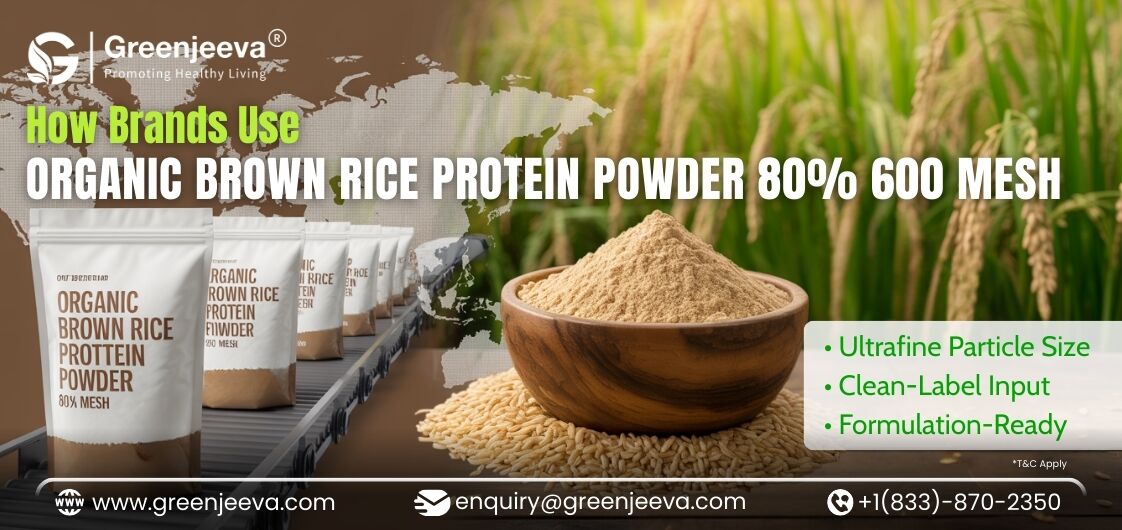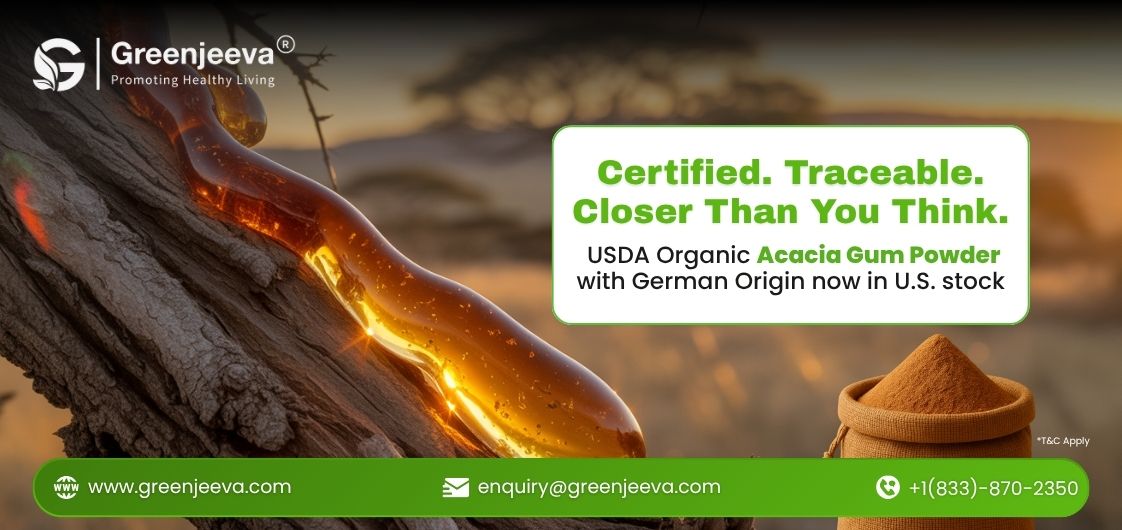Surprising Facts About Kelp We Bet You Didn't Know!

Often referred to as the “rainforests of the sea”, thick, undulating kelp forests bloom in shallow waters across the world. These lesser-known sea plants are gradually gaining a lot of popularity around the globe for their wide array of uses across diverse industries.
If you are yet to know what kelp actually is, check out these interesting facts discussed below.
Best Kept Secrets About Kelp Forests
- Kelp is a Kind of Seaweed
Belonging to the order Laminariales, kelp is a kind of seaweed or brown algae, though it might appear like a tree.
- It is Found Across the Globe
You can find kelp forests all around the world, including Antarctica, Australia, Africa, South America, and North America.
- It Blooms in Cool Water
Kelp sustains and grows in nutrient-rich, shallow, and cool water. They are generally found at depths of 49 to 131 feet. This is due to the reason that kelp needs a good amount of light as it derives its food from photosynthesis.
- It Has No Roots
As interesting as it can be, kelp does not have roots; it rather has the unique ‘holdfast’ that keeps it attached to the solid structures like rocks present underwater. However, unlike roots, holdfasts do not absorb nutrients from the seawater.
- It Can Grow Quickly
In general conditions, kelp has the ability to grow up to a length of 18 inches per day. It can grow as tall as 46 meters underwater during its entire lifetime.
- It Shelters Many Marine Creatures
A number of sea animals derive their food from the blades of kelp. Many marine creatures also hide in the kelp forests to protect themselves from their predators. Kelp also offers the sea animals protection against turbulent storms. Sea lions, terns, whales, seals, cormorants, shorebirds, gulls, great blue herons, and snowy egrets are some of the marine birds and mammals that get their food or shelter from kelp.
- Kelp Farming Has Gained a Lot of Popularity
Many people across the world are involved in kelp farming, which makes up for a significant part of the total 5 billion USD global seaweed farming sector. Kelp absorbs carbon dioxide from the seawater and helps minimize the impacts of climate change. It also helps reduce the acidity level of the nearby water. Since less acidic water supports the growth of shellfish, a number of kelp farms across the globe also engage in shellfish farming. This, in turn, helps in maximizing ROI and profit.
- It Has Many Uses
Kelp had a wide range of uses across all industries, including food, pharmaceuticals, and cosmetics. It is used in the manufacture of common products such as toothpaste, shampoos, frozen foods, dairy products, cakes, puddings, and salad dressings. Algin, extracted from kelp, serves as an efficient emulsifying agent.
- It is Easy to Purchase Kelp
Kelp is in high demand across the world, owing to its broad spectrum of uses. It is also loved because of its high content of nutrients, including vitamin K and calcium. Kelp can be purchased easily from Stores. You can also purchase organic kelp powder online at affordable rates from Green Jeeva.
Disclaimer:
The above statements are not intended to cure any disease or comply with any health benefits. This is solely for information purposes. Please consult your doctor/health practitioner before consumption of the product. Although we take efforts to keep our website informative, we do not guarantee any medical benefits.




.jpg)

